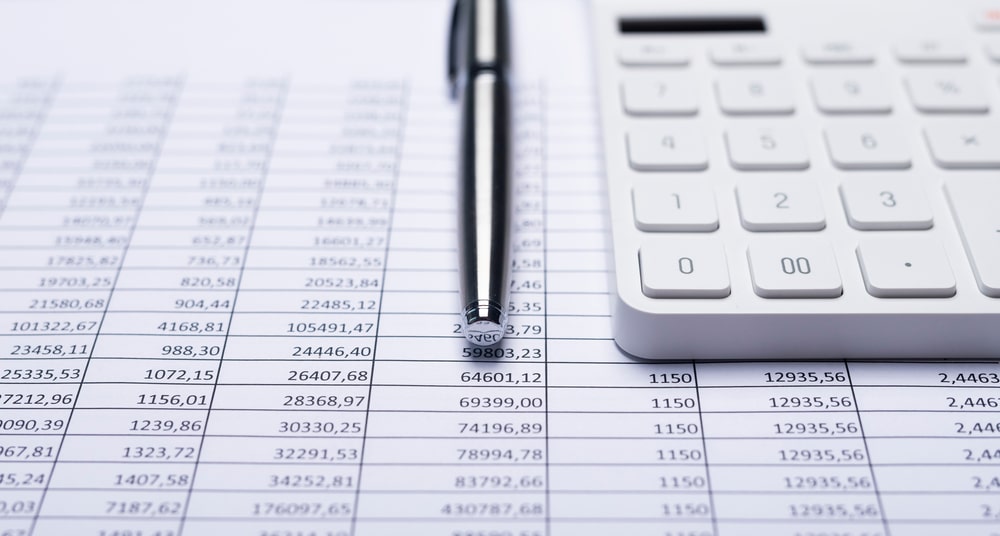Running a business requires a lot of attention to detail. Filing taxes is one of those details that can easily fall between the cracks when there are lots of other urgent tasks at hand. But, if tax season hasn’t been on your radar and you’re at risk of filing late or paying late there are steps you can take to remedy this. Use your time wisely to learn what your options are to get out from under this situation and avoid the myriad of penalties that are set up throughout the IRS’s system. Then, put a plan in place to avoid missing the tax deadline in the future.
What To Do If You’ve Already Missed the Tax Filing Deadline
File your taxes as soon as possible
The failure to file penalty is calculated based on how late you file, plus the amount of tax that you owe. The penalty for filing taxes late is 5% of the unpaid taxes for each month that the taxes go unfiled. This penalty won’t exceed 25% of your unfiled taxes. The longer you wait to file, the higher the penalty. The IRS has the authority to charge interest on penalties when they go unpaid.
Apply for an extension to pay
The IRS offers the option of applying for an extension to pay. You can do this by filling out Form 1127 on or before when the tax is due. If you choose this option, there are strict legal requirements, including proving hardship, providing complete financial statements of assets, liabilities, and money received and spent. If your extension to pay is approved, you will have six months to pay.
Look into penalty relief
You have the opportunity to dispute penalties and can appeal to the IRS for Penalty Relief. There are three types of penalty relief granted by the IRS including a “First Time Penalty Abate and Administrative Waiver” for businesses who are incurring penalties for the first time. If you apply for penalty relief and are denied, you can appeal the denial.
What To Do If You’re Late Paying Taxes
The failure to file penalty is greater than the failure to pay penalty, so it’s better to file and set up a system to pay what you can/get on a payment plan. The IRS accepts payment via paper check, debit card or credit card. If you decide to pay the IRS with a credit card, depending on which credit card processor you use, there will be a fee. The fee is just under 2% of your tax payment.
If you can’t pay the full amount immediately, then there are three options to pay over time:
Set up a short-term payment plan via the IRS
You can apply to the IRS for a short-term payment plan. If approved, you can pay with a check, money order, debit or credit card. You’ll pay interest until the balance is paid in full. The penalty for non-payment is a maximum of 25% of the unpaid tax amount until balance is paid in full. If you choose this route, you’re expected to pay within 180 days.
Opt for long-term payment via the IRS
Option A: Automatic monthly withdrawals
This is the most cost effective of the payment plans. You’ll pay a set monthly amount through automatic withdrawals like an installment loan. This plan requires that you set up an authorized debit withdrawal from your checking account. The fees for choosing this plan include a $31 setup fee, interest until the balance is paid in full and non-payment penalty up to a maximum of 25% of the unpaid tax amount until the balance is paid in full.
Option B: Manual payments each month
With this option you’ll also pay taxes you owe monthly but can choose to pay directly from your checking or savings account, paper check, money order, debit card or credit card. The fees for this option include a $130 setup fee, interest until the balance is paid in full, penalties for failure to pay up to a maximum of 25% of the unpaid tax amount until balance is paid in full, and card transaction fees if you use a credit card.
Use your business credit card
As opposed to setting up a payment plan via the IRS, you can pay your full tax amount using a credit card and pay that off over time. Depending on what credit card you use, this might be more cost effective and has the added bonus of earning cashback/points, etc. depending on the credit card you choose.
How to Prepare to Miss the Tax Filing Deadline
Sometimes missing the tax filing deadline is simply unavoidable. If you know in advance that you’re not going to be able to meet the deadline, you can avoid or minimize any issues by taking appropriate action in advance.
Apply for a Filing Extension
If you know ahead of time that you’re not going to be prepared for the tax deadline, you have up until tax day to file for an extension, which you can do by filling out Form 4868. When you fill out this form, you have six additional months to file your taxes. In addition, you avoid the failure to file penalty. It’s better to file for an extension than completely miss the deadline. If you do file for an extension, it’s imperative that you file by the extension deadline. If you miss the extension deadline you’ll incur the failure to file penalties.
File your taxes on time even if you can’t pay immediately
Even if you know when filing your taxes that you don’t have the amount needed to pay your tax bill on time, it’s still better to file on time and pay late. Failure to pay penalties are not as high as the failure to file penalties. The failure to pay penalty is 0.5% of the unpaid taxes for each month that your taxes remain unpaid. Similar to the failure to file penalty, this penalty also won’t exceed 25% of your unpaid taxes.
Three Steps To Avoid Filing and Paying Your Taxes Late
Taxes are inevitable. Avoid the stress and financial burden of filing and paying your taxes late with these three steps:
- Schedule it. Set calendar reminders throughout the year so you can be organized and ready for the upcoming tax season. If multiple calendar reminders don’t work well for you, consider setting aside a chunk of time in early January to avoid missing the tax filing deadline.
- Use a financial management software that has a built-in tool to manage your taxes. Lili’s Tax Preparation software enables expense categorization and tracking throughout the year, and automatically pre-fills a Schedule C form, saving you time and the headache of tracking down all the pieces you need to file your taxes.
- Hire a CPA. When you’re just starting out running your business on your own or with a lean team, hiring a CPA might seem like a “nice to have” and not a “need to have.” While there’s a lot of unpredictability in being an entrepreneur, taxes are one of the few things that you can predict. Hiring a CPA will save you time and money. If you’ve already been through any or all of the experiences of filing for an extension on your taxes, failing to file your taxes and/or failing to pay your taxes, then you know that there is no amount of Advil that can alleviate the headache. Still questioning if hiring a CPA is worth the money? Remember that their job is to know the tax laws and systems inside and out so you won’t have to. A CPA can help your business find ways to reduce or (legally) avoid taxes.
The federal tax return filing deadline for the 2022 tax year was April 18, 2023.




